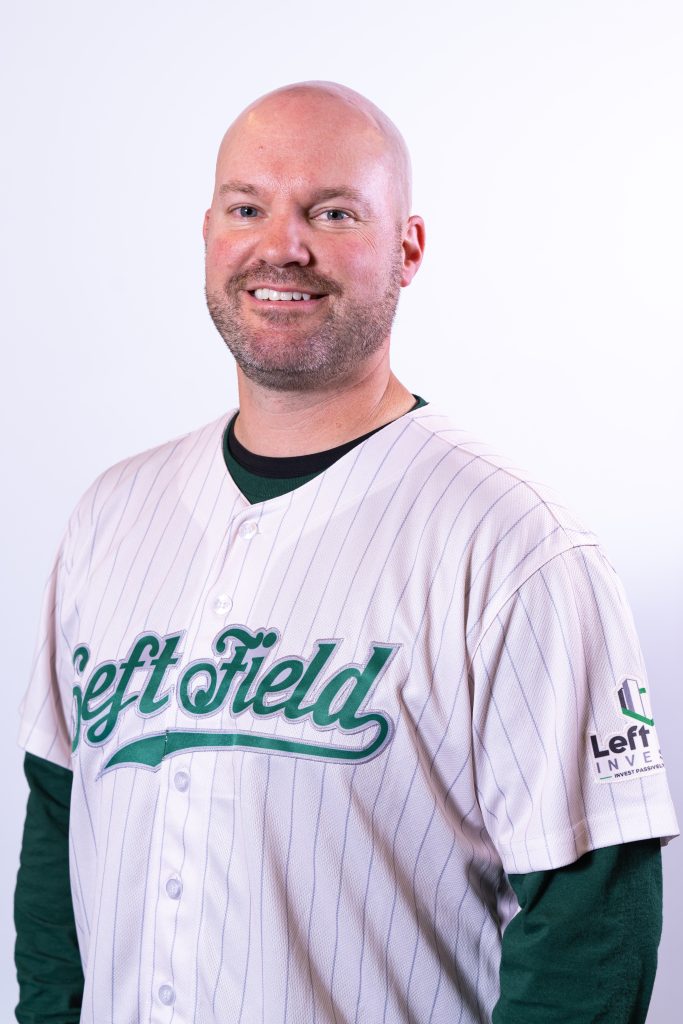My investing journey started a little later than most. As a medical resident in my late twenties, I had spent the first two decades plus of my life accumulating debt. I was thrilled to be at the time of my life where I was actually earning a paycheck and had a small amount of money to invest.
Conventional Investing
I immersed myself in the teachings of Suze Orman, Jean Chatsky, Dave Ramsey, the Beardstown Ladies, and the Motley Fool. I became convinced that the only way to retirement riches was through investing in the stock market. I truly believed that through accumulating a broad portfolio of mutual funds and setting it on autopilot, one was guaranteed to be a millionaire in no time.
I voraciously paid down my student loans but managed to squirrel away a little bit out of every paycheck to invest in the stock market. I began to see the fruits of my labor pay off as I began to amass a small, but not insubstantial, portfolio. The late 1990s were good for equities with double-digit returns every year. It seemed like each year compounded upon the last, and there was no place for the markets to go but up – then the year 2000 hit.
My tech-heavy portfolio was sliced in half in less than six months. I was devastated. As Mike Tyson said, “Everyone has a plan… until they get punched in the mouth.” I was punched hard. Regardless, I had faith in the gospel preached by Suze, The Motley Fool, and the Beardstown Ladies. Long-term investment in a core portfolio of stocks was the way to wealth and periodic declines of 50% were not only normal, but great news because they represented BUYING OPPORTUNITIES!!! Unfortunately, my colleagues who were one to two years away from their retirements did not see this decline in the same light. I got used to seeing their sullen faces at work every day shaking their heads saying, “Well, I got ten more years of this now.”
My Start Into Single-Family Homes
The market did eventually rebound, and I seemed to acquire some sort of amnesia surrounding 1999. I was looking for a place to invest that did not involve the wild swings of the stock market. My “smart money” friends were urging me to invest in single-family rental properties. In 2007, the housing market was on a tear, and I was developing serious FOMO after hearing of my colleagues’ 20% month-on-month appreciation in markets like Las Vegas and coastal Florida. I eventually pulled the trigger, sold some stocks, and invested in an attractive bungalow on the coast of Maine. How idyllic!
The Dream Tenant
My first tenant was what one would call a “dream tenant”. He was a locally employed engineer with a charming family. If something needed to be fixed, he would take care of it and subtract the cost of supplies off his rent. He maintained the lawn himself because he truly enjoyed doing yard work. Everything was good.
Then one day I got a call from him. Apparently, the entire roof over the living room was sagging in. I went to take a look at it and sure enough the entire roof was bowing inward and looked like it was en route to collapsing. We had a roofing contractor inspect it and were shocked to discover that there was major structural damage that was missed on the building inspection. The entire roof including the eaves would need to be completely rebuilt. So much for my positive cash flow…
In 2009 sadly our dream tenant announced to us that he would be ending his lease as he accepted a job transfer across the country. We considered selling the property, but unfortunately the home’s assessed value had been cut nearly in half due to the financial meltdown and its subsequent decimation of residential real estate. We decided to ride out the storm and try to find a new tenant.
The (In)famous New Tenant
After a short search, we felt as if we found our replacement. He was a soft-spoken, middle-aged gentleman who claimed that he had a terminal illness and wanted to spend his last couple of years on the Maine coast. He was adamant that we provide him with privacy and he not be disturbed so as to provide him with peace in his terminal state. I could not think of a better tenant. It felt good to provide this gentleman with a peaceful place to find solace in his final years. I did a background check and was unable to find any red flags on him. Shortly after he moved in, however, the issues began.
In retrospect, the first thing that should have raised my suspicions was the fact he did not have an email address. His explanation was “I hate computers and I hate technology. I like pen and paper! What is wrong with good old-fashioned pen and paper?!“ Fair enough. Next was his insistence that he pay each month’s rent in paper bills. I asked why he couldn’t just write me a check? After all, schlepping $2000 in bills to the bank every month was somewhat of a nuisance. He told me that he couldn’t provide a check because he didn’t have a bank account. He didn’t trust the banking system so he preferred to keep everything in cash. My patience was starting to run thin.
One day I stopped by the house and discovered that it reeked of cigarette smoke. I found it somewhat odd that someone with a terminal illness was chain-smoking in my house. I explained to him that there was a clear prohibition of smoking on the property. I pointed it out in the lease. This unleashed an inflammatory, half-hour scolding on his part about how I vowed to value his privacy and I had no business showing up unannounced, etc. I was unable to get a word in edgewise and left completely flummoxed.
I needed to have some work done on my furnace and after a bit of coaxing and haranguing the tenant agreed to let my furnace guy service the furnace. That night I got a call from my furnace guy.
“So how does it feel having a famous mobster as your tenant?“
“I beg your pardon?“, I said.
“So you do know who your tenant is, right?”
…I did not.
“Oh yeah! I had like a two-hour conversation with him today. Really, really interesting guy. He’s Johnny Mattangiolo (name changed to protect the not so innocent)! He was the mastermind behind the South Boston mob in the 1980s and early 1990s. I always wondered what happened to that guy! He disappeared in the mid 90s and here he is! He’s living in your house!“
It all made sense now. The privacy. The cash payments. The fake name and the fake identity for the background check. I was renting to a mobster. The story about the terminal illness was completely made up. Thoughts flashed through my mind of what or who he might’ve buried in my backyard. Could I end my lease because he failed to disclose he was a mobster? After all, he did pay on time every month even though it was in large bills? Should I have written that into the lease? “Failure to disclose oneself in the witness protection program is grounds for early termination of lease?” If I did end his lease early, who would he have come looking for me? As a landlord I expected to get calls about leaky faucets and stopped up toilets. Never though did I figure that I would have to tiptoe around not offending an angry mobster. What to do?
I made the decision to let him finish his lease and afterwards I put the house on the market. I was moving across the country, and I figured that it would be quite difficult to have the mobster mail $2000 in cash across the country every month. I sold it for a loss, and it left a severely bad taste in my mouth as to owning property and being a landlord. Never again, I told myself.
Passive Investing From Now On
In theory, I love the idea of real estate. I love the idea of owning a hard asset which can generate cash, provide incredible tax benefits, employ leverage, and have the potential for appreciation. Approximately three years ago, I discovered passively investing in multifamily syndications. I finally found a way to own real estate without the headaches or hassles of being a landlord. I have colleagues who own their own multi-family complexes and enjoy it. However when I looked at :
● the time commitment of being a landlord,
● the time and energy spent vetting and supervising property managers,
● the time maintaining, repairing, marketing and renovating properties,
● the time and expense and hassle of dealing with the legal implications and liability of owning my own properties
● the time and expense researching markets, deals, properties and being able to negotiate and outbid other buyers for the best deals
It was clear that for me, syndications were the way to go.
Today I am invested in seven multi-family apartment syndications in six different states, a self-storage complex, a fund of ATMs, a short-term rental fund, a triple-net lease fund, a music royalty fund, a litigation finance fund, and a life insurance settlement fund. In 2016 I was 90% invested in the public equity markets. Today equities are less than 20% of my portfolio. I think the thing that bothered me the most about publicly traded stocks was the fact that one could see on paper exactly what a business should be worth. Yet, it’s price that it was trading for on the market was completely subjective. The best companies in the world with decades of earnings and dividend growth were valued less than start-up IPOs that had never turned a profit. That was maddening to me.
With hard assets such as multi-family real estate, the numbers don’t lie. Value is based on the income that the asset generates. Once an asset’s net operating income (NOI) is revealed, the asset’s value should be quite transparent. I find solace in this, as I do in the fact that I do not see the wild gyrations in value of my portfolio as I did when I was invested in the stock market.
If you are reading this on the Left Field Investor’s website, I probably do not need to sell you on the benefits of alternative investments and passive income. However, if you still believe that the stock market is “the way“ to accumulate wealth, I urge you to learn as much as you can from this site and its community. I truly believe this is a much better way to accumulate wealth and generate passive income. Oh yeah, those Beardstown ladies were found to have completely inflated their numbers and lagged the S&P 500 by two percentage points!
Brian is a former single-family rental and stock market investor who has invested in over 15 crowdfunding deals and syndications since 2017. He is a full-time anesthesiologist outside of Eugene, Oregon and a part-time entrepreneur / passive income investor. In his spare time he enjoys surfing, skiing, cooking ridiculously spicy food, learning languages and traveling throughout the developing world. He can be reached at [email protected].
Nothing on this website should be considered financial advice. Investing involves risks which you assume. It is your duty to do your own due diligence. Read all documents and agreements before signing or investing in anything. It is your duty to consult with your own legal, financial and tax advisors regarding any investment.








